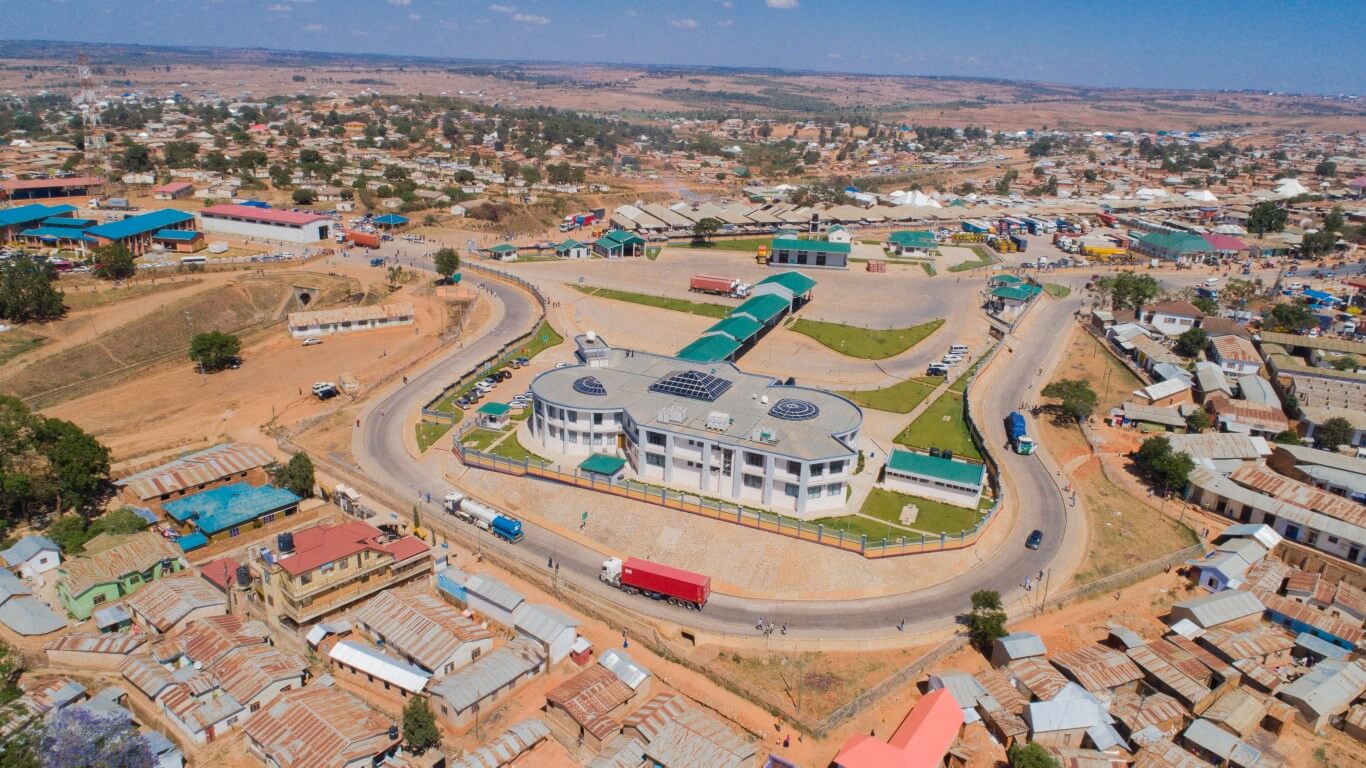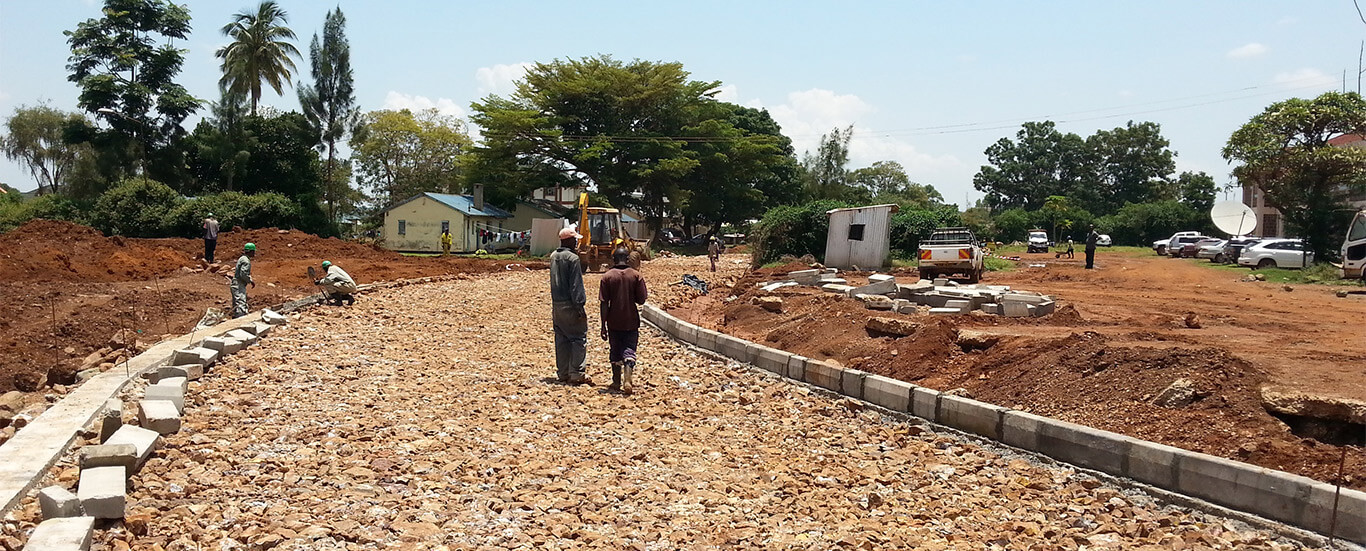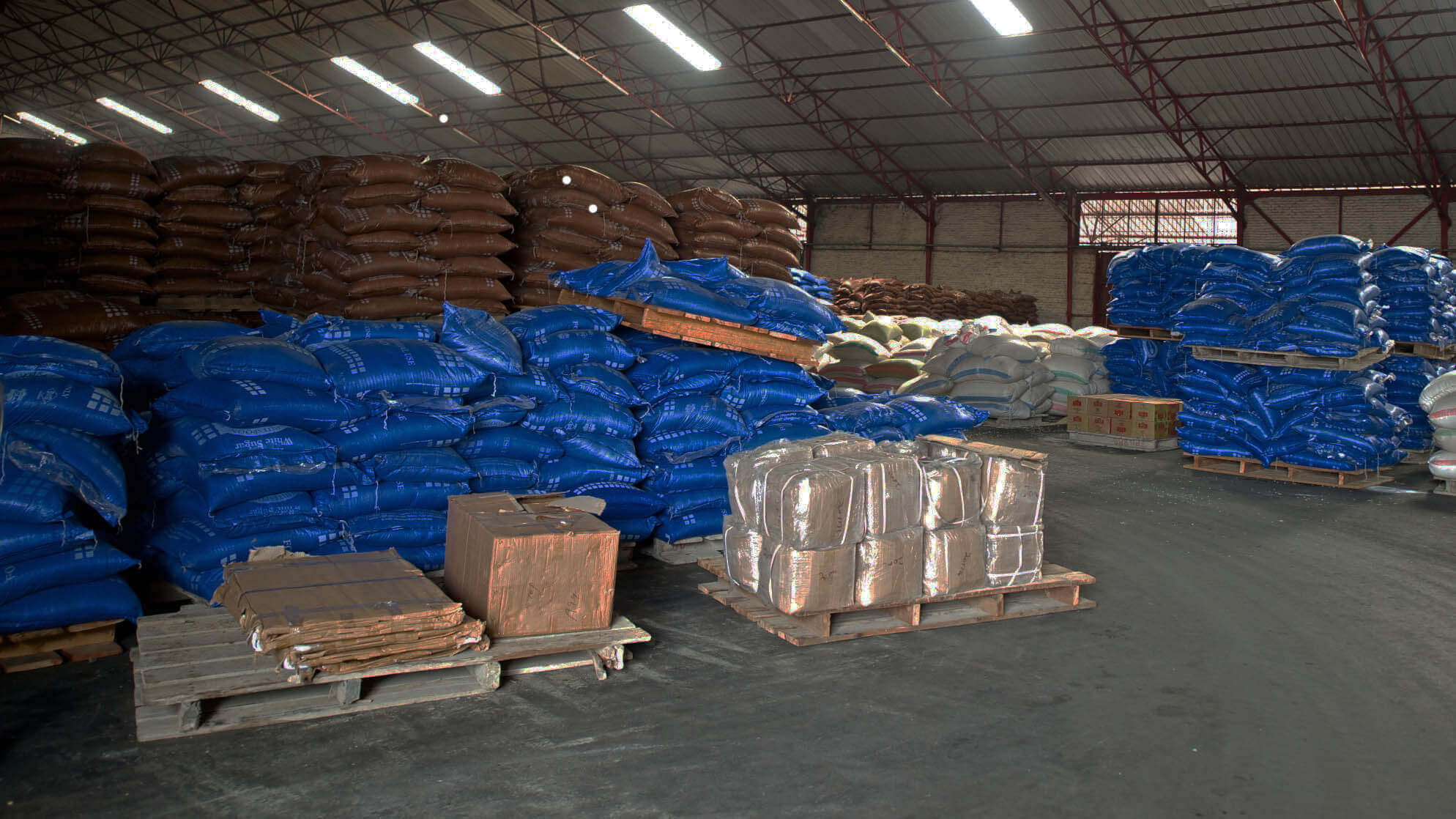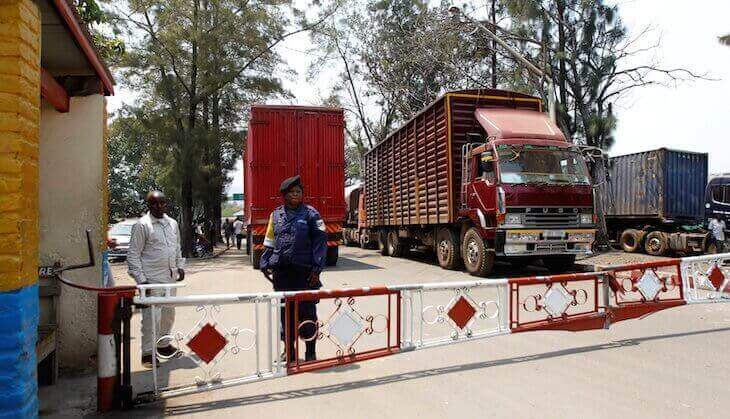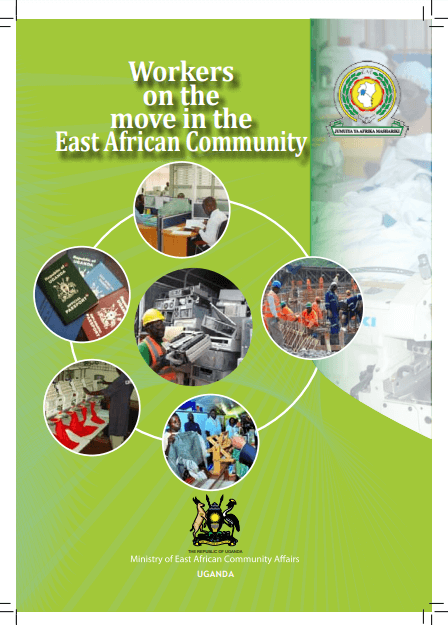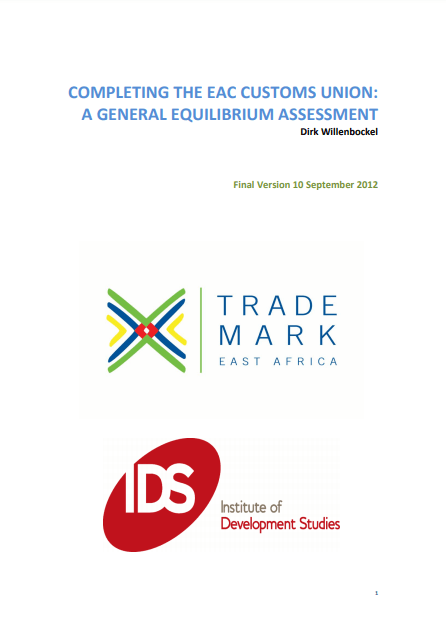[vc_row][vc_column][custom_inner_menus select_menu="project"][/vc_column][/vc_row][vc_row][vc_column][single_project_block_1 heading="Tunduma One Stop Border Post " implementor="Tanzania Revenue Authority" target_group="Importers and exporters" project_value="US$ 7,940,000" implementation_period="2011-2020" download_btn_text="Download Project PDF" download_btn_link="https://www.trademarkafrica.com/download/60859/"]This project involves construction and provision of physical facilities at the Tunduma border that includes: administration buildings and an inspection shed to accommodate the adjoining states’ border agencies and roads to facilitate the exit and entry into the OSBP. The overall aim is to facilitate the efficient cross border movement of trucks/vehicles, goods and persons. What: A one stop border post is being constructed at the Tunduma border point. Key outputs: Improved border post and IT infrastructure (Integrated Border Management). Harmonized working procedures on both sides of the border. Training for border agency staff, freight forwarders and traders. How: TMA is providing full funding for the construction of the OSBP and is working with relevant border agencies to set up mechanisms for integrated border management. Harmonization of customs procedures is undertaken by a joint task force of experts from Tanzania and Zambia. The project is implemented in coordination with other ongoing initiatives of the World Bank, JICA, USAID, the African Development Bank and the European Union. The OSBP is also linked to the numerous TMA single window initiatives. Contact: Israel Sekirasa, Email: israel.sekirasa@trademarkea.com Click here to learn more about One Stop Border Posts Program[/single_project_block_1][/vc_column][/vc_row][vc_row el_id="desired-result"][vc_column][single_project_block_2 heading="Desired Results" image_1="42728" image_2="42908"]Reduce border crossing time and costs at Tunduma to boost trade between Tanzania and neighbouring countries using the Dar Corridor. Launched in 2019 by H.E. the Late J. Magufuli (Tanzania President) and...
Tunduma OSBP constructionPosted on: March 18, 2014
Posted on: March 18, 2014

